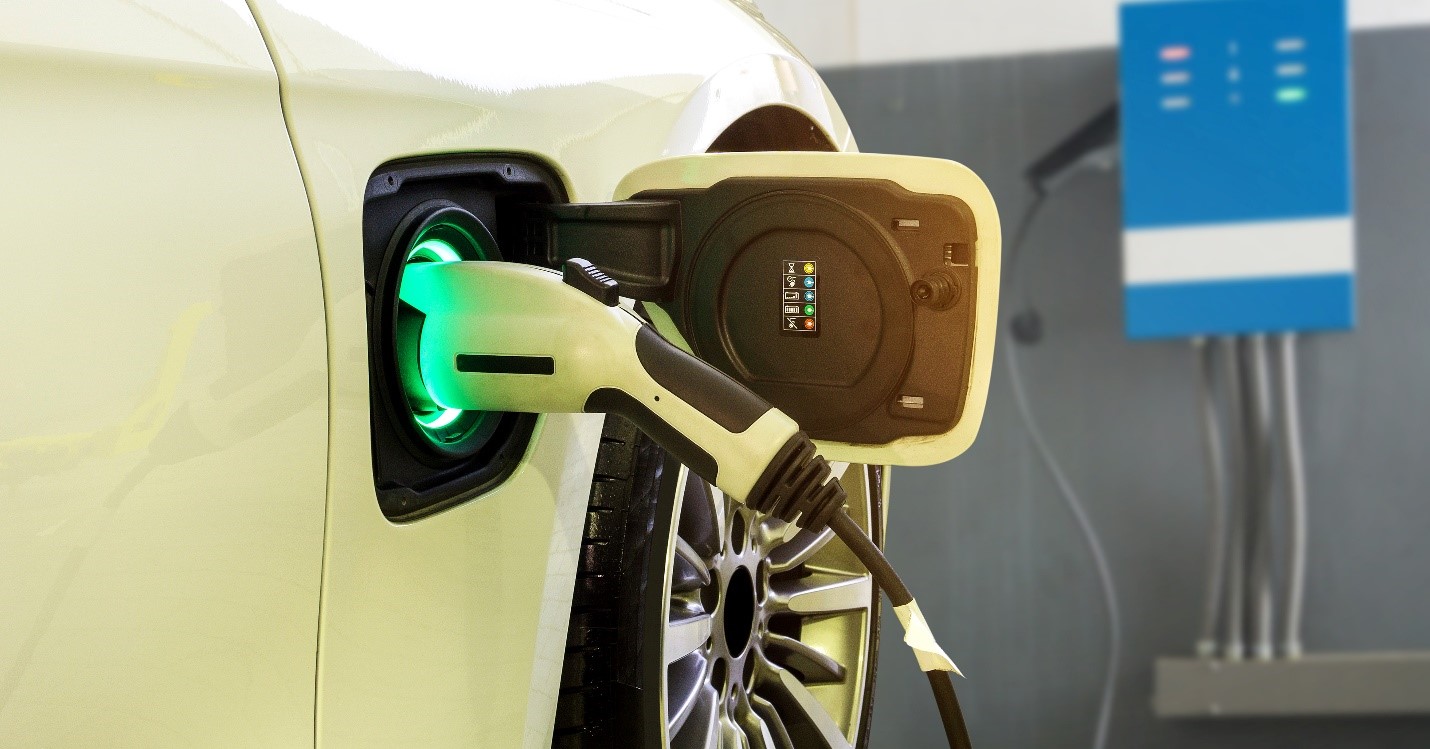The global Electric Vehicle (EV) charger market is expected to grow from $18 billion to $111.90 billion by 2028 at a CAGR of around 30%. Furthermore, the global V2G (Vehicle to Grid) market is expected to reach about $28 billion by 2026, at a CAGR of 4.28% reported by Industry ARC. These numbers indicate that with the rise in electric vehicles on the road, charging, and V2G technology are also becoming an integral part of the EV paradigm.
Another research by the Rocky Mountain Institute predicts that if all the light-duty vehicles in the US are electrified, there be around 250 million electric vehicles, and this will increase the annual energy consumption by 25%. That’s when it doesn’t include any heavy vehicles like buses and trucks (Utility Dive). This backs the importance of having an EV paradigm that can support the grid with a bi-directional energy flow.
Bi-directional energy flow means while the grid is providing electricity to charge EV batteries, at the same time, EVs can also provide power back to the grid when needed. Grids provide AC power that gets converted to DC by the infrastructure for charging EV batteries. For the bi-directional flow of energy, either vehicle should have DC to AC converters inbuilt or a charging infrastructure that can support power conversion and enable bi-directional charging.
How Does Bi-directional EV Charging Work?
As the name suggests, bi-directional charging is the capability of an EV charging infrastructure to enable power flow from Grid to Vehicle (G2V) and V2G. When the EV charger is embedded with DC to AC converter and V2G communication capability, it can provide the energy back to the grid when it is required. By having the V2G communication place, EV chargers can work smartly. For example, Charging the vehicle during the off-peak hours and when there is a high load on the grid EV chargers can support the grid by being an extended energy source. More than 90% of the time, vehicles are in the stationary state and together millions of EVs can become a great power bank. In one of the researches by IRENA (International Renewable Energy Agency), by 2050 there will be around 14 TWh (Terra-watt hours) of batteries available to power grids.

For enabling this bi-directional communication, the ISO/IEC has defined the 15118-communication standard. HomePlug Green Phy (HPGP) is the preferred Power Line Communication (PLC) that is being standardized in the industry for V2G communication based on the IEC 15118 standard.
Bi-directional chargers also help in powering homes and buildings (V2H and V2B). The only difference between V2G and V2H is that the vehicle is powering a home or a building with a battery power source. EV owners can utilize battery power for a house in the daytime during the peak load hours to reduce the surge on the grid and charge the vehicle at night or during off-peak hours.
Benefits of Bi-directional Charging:
EV owners can make money from their electric vehicles by selling back the excess energy to the grid. Also, they can save money while using the grid power during low load times as in many countries across Europe and the US offer variable energy pricing as per load requirements.
Some researchers have shown that EV owners can save up to $500 in a year by V2G or bi-directional charging technology. An electric vehicle in its complete lifespan can provide cost benefits from $4000 to $10,000 (Malmgren, 2016).
Ingrid Malmgren mentioned in her research, “Quantifying the Societal Benefits of Electric Vehicles” (2016, p7) that EVs can make money for frequency regulation market, for example, “Nuuve Corporation, a leading V2G pilot program, is currently testing 30 electric vehicles for the frequency regulation market in Denmark and expects to pay electric vehicle owners up to $10,000 over the lifetime of the car.” (2016, p7). Thus, EVs are providing benefits to the environment, vehicle owners, and utility providers in different ways and that is why the industry is seeing a big demand for electric vehicles soon.
Conclusion
As per the above discussion, the automotive industry has moved to a new level of sustainable development where all the stakeholders are getting multiple benefits. The industry is seeking high-end engineering design and development for these technological advancements.
eInfochips has been helping its clients with end-to-end EV chargers’ development for multiple markets- US, EU, and the Asia Pacific. This Includes product engineering services from embedded hardware, software development to digital and cloud-enabled solutions.
Contact us to know more about bi-directional EV chargers- marketing@einfochips.com











